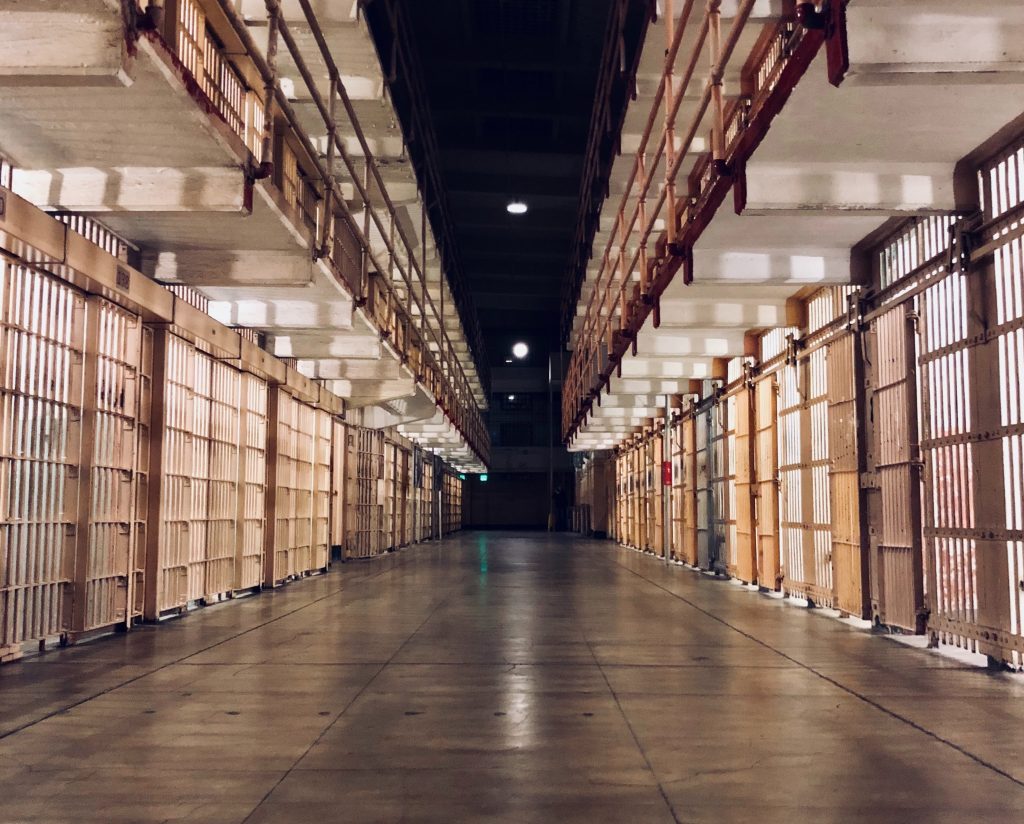by MARIE MYUNG-OK LEE

1.
At my university, I once attended a dinner to help support
first-generation students. This was a varied, singular group of
students, undergraduates and grad students, who had overcome all sorts
of challenges in order to land, and thrive, at Columbia.
The next day, I attended a ceremony celebrating a graduating senior in the Directly Impacted Group, a university-wide organization comprised of students who have been incarcerated or who are impacted by incarceration via family members. Many of the bright, shiny, brilliant students I’d met the day before were in this group as well.
My own family has been affected by incarceration, and none of this actually should come as a surprise considering that fact that the United States incarcerates more people than any other country in the world, including China and Russia. According to the Vera Institute of Justice, the U.S. holds five percent of the world’s population yet nearly 25 percent of incarcerated people.
Put another way, if the population of people in prison and jail were a city, it would be a city somewhere in size between Phoenix and Houston. If you added people on probation, the number rises to 7.3 million—somewhere in size between Los Angeles and New York City.
Tandem to the rise of “Supermax” prisons that are often for-profit and constructed solely of solitary confinement cells, is the rise of using local jails and private prisons to confine migrants and asylum seekers. New documents have revealed the widespread use of solitary confinement, often with no reason, in Immigration and Customs Enforcement (ICE) detention centers. Given the numbers of people being incarcerated, the outward radiating effects in the community, and that our tax dollars are paying for it (including private prisons, which often merely take the state budgets and rejigger them for profit), the prison problem should be a concern of every American.
2.
Incarceration exists from the very beginning of America’s history. In 1675, just after the start of King Phillip’s
war, 500 Native Americans were imprisoned on a barren strip of land off
of Boston Harbor called Deer Island. Half died over the winter, the
same Native Americans who welcomed the English to America’s shores in
1621. In the 1880s the site became a concentration camp for Irish
fleeing the famine, then it became an actual prison, and is now a sewage
treatment plant.
The early 19th century saw the rise of more codified systems, specifically the penitentiary system, also known as the Pennsylvania system, which was rooted in an optimistic idea of social rehabilitation (the “penitence” in penitentiary) versus the “Auburn” system that emphasized prisoners laboring together in silence and physical punishment. The Philadelphia penitentiary system in particular relied almost exclusively on solitary confinement, which resulted in catastrophic mental damage to inmates, causing the system to be abandoned.
The U.S. leads the world in its use of prolonged incarceration and solitary confinement despite bleak statistics that show the ineffectiveness of such a system: a Bureau of Justice study showed that five of six state prisoners were rearrested within nine years, a rate of 83 percent.

The 2019 memoir Solitary, by Albert Woodfox, addresses the prison industrial complex and dangerous overuse of solitary confinement—and has just been longlisted for the National Book Award. Woodfox was held in solitary confinement in a six-by-nine foot cell for more than 40 years—longer than any American. He’d entered the prison system as a teen accused of various crimes, culminating in his arrest for robbery. He escaped from jail, and fled to New York, where he became acquainted with the Black Panther Party and their ideas of organizing and education. He was arrested and extradited to the Orleans Parish Prison where he helped organize a strike that eventually forced the prison to improve its conditions. As punishment, he was sent to the notorious Louisiana State Penitentiary known as Angola, named after the slave plantation that formerly occupied its ground (the plantation itself was named for the African country that was the origin of many slaves brought to Louisiana).
The Millions for more
